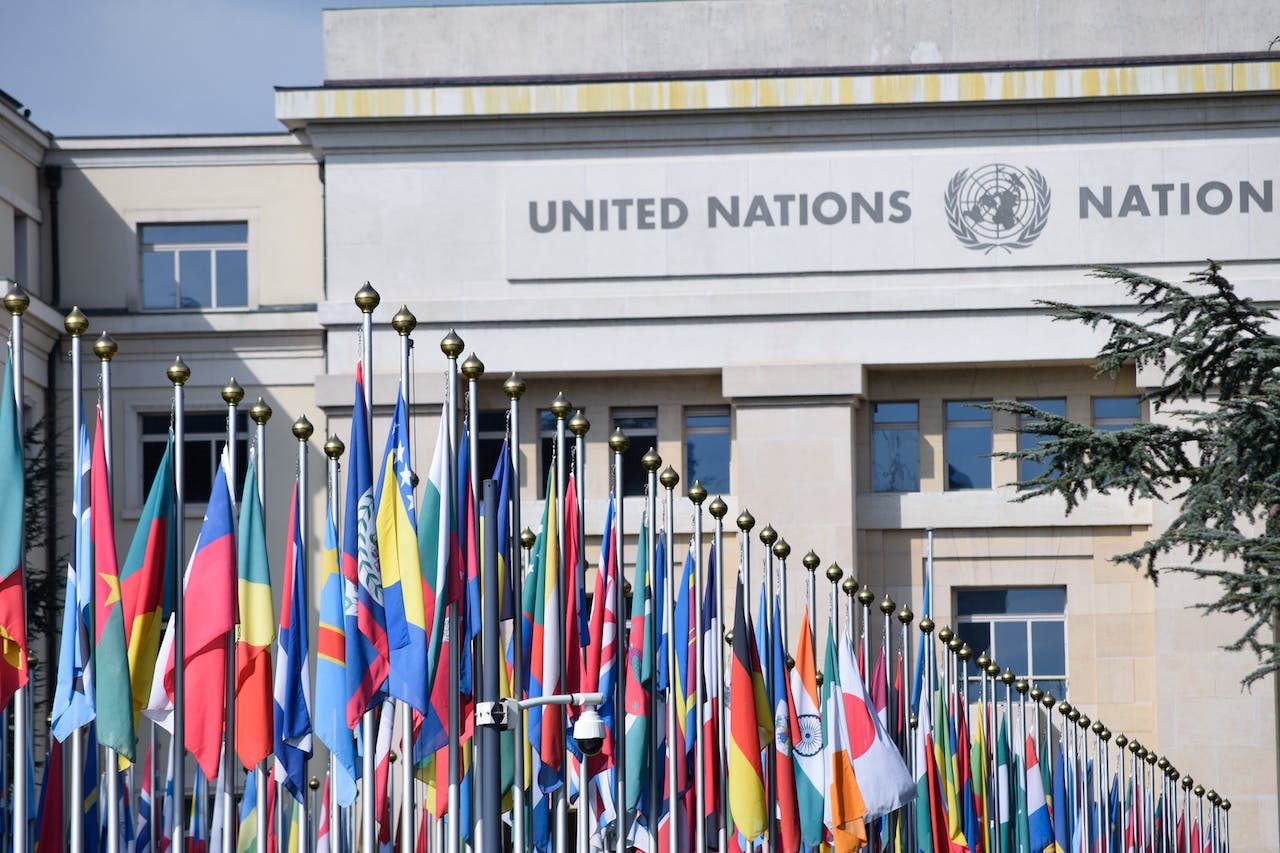Navigating Identity in the Digital Age
Bill & Melinda Gates Foundation Joins UNDP in Pioneering Digital Infrastructure Drive
The United Nations Development Program has launched an ambitious initiative, the “50-in-5” campaign, to boost the digital public infrastructure (DPI) across the globe. This strategic move, strongly supported by the Bill & Melinda Gates Foundation, aims to see 50 countries develop and scale at least one DPI component by 2028. These components include digital payments, ID, and data exchange systems that are integral to achieving the UN’s Sustainable Development Goals.
A cohort of 11 nations, including technological front-runners like Estonia and emerging economies like Bangladesh, have stepped forward as the first movers in this groundbreaking journey. The Gates Foundation’s involvement underscores its ongoing commitment to DPI, highlighted by a $200 million fund established in September 2022. Melinda French Gates has emphasized the transformative potential of mobile devices in furthering digital identities, which are central to DPI’s expansion.
India’s Aadhaar, the world’s largest biometric ID system, is poised to play a significant role in this global narrative. Recognized at the G20 Summit in New Delhi, Aadhaar could serve as a blueprint for countries in Africa and Asia to roll out their digital identity technologies. With such a robust backing and a clear target, the “50-in-5” campaign is set to embark on a path that could reshape how nations and their citizens interact with technology and governance.
Self-Sovereign Identity vs. UNDP Digital Public Infrastructure
In the digital era, the quest for a secure and efficient identity management system has led to the emergence of two distinct philosophies: Self-Sovereign Identity (SSI) and the United Nations Development Program’s (UNDP) digital public infrastructure (DPI) approach as recently endorsed by the Bill & Melinda Gates Foundation.
Self-Sovereign Identity (SSI): A User-Centric Model
SSI is a user-centric model that grants individuals complete control over their digital identities. Unlike traditional identity systems that rely on centralized authorities, SSI is built on blockchain technology, allowing for a decentralized and autonomous structure. Users can manage their identities without intermediary oversight, deciding when and to whom they reveal their information. Christopher Allen’s principles of SSI emphasize that control over personal data is fundamental, positioning users not merely as subjects within digital realms but as their sovereigns. This system is geared towards a future where identity verification is both secure and private, with verifiable credentials and decentralized identifiers ensuring accessibility across the globe at any time.
UNDP’s Digital Public Infrastructure: A Collaborative Framework
The UNDP’s DPI initiative, on the other hand, encompasses a network of digital components like payments, ID, and data exchange systems. This infrastructure is designed to aid countries in achieving the UN’s Sustainable Development Goals. With the Gates Foundation’s backing, the “50-in-5” campaign aims to implement DPI components in 50 countries by 2028. Unlike SSI, the DPI approach involves a more collaborative framework, possibly relying on centralized or semi-centralized systems that can be adopted at a national scale. The focus here is on interoperability and inclusiveness, aiming for a safe and universally accessible digital ecosystem.
The Core Differences
The key difference between SSI and DPI lies in the locus of control and the approach to decentralization. SSI is about empowering the individual as the sole owner of their identity, with blockchain technology ensuring that control remains with the user. DPI, while it may utilize some decentralized features, is more about creating a common digital infrastructure that can be shared among nations and governed by a collective of stakeholders, including governments and international organizations.
In conclusion, while both SSI and DPI aim to address the challenges of identity in the digital age, they offer different paths forward. SSI is a bottom-up approach that starts with individual autonomy, whereas DPI represents a top-down strategy that focuses on creating a shared digital environment. As the digital landscape evolves, the interaction between these two models will likely shape the future of digital identity governance.
UNDP Photo by Xabi Oregi

Leave a Reply